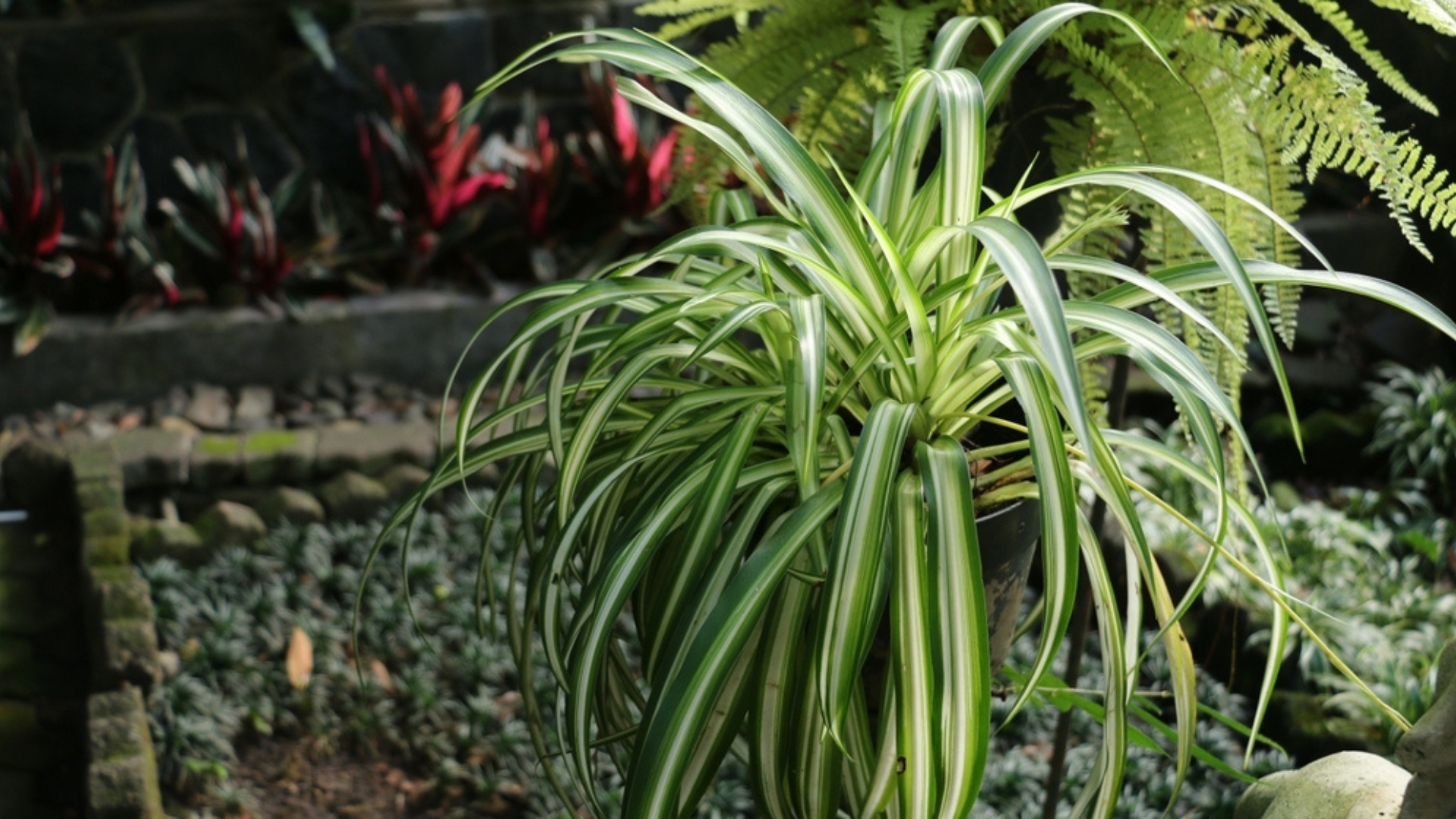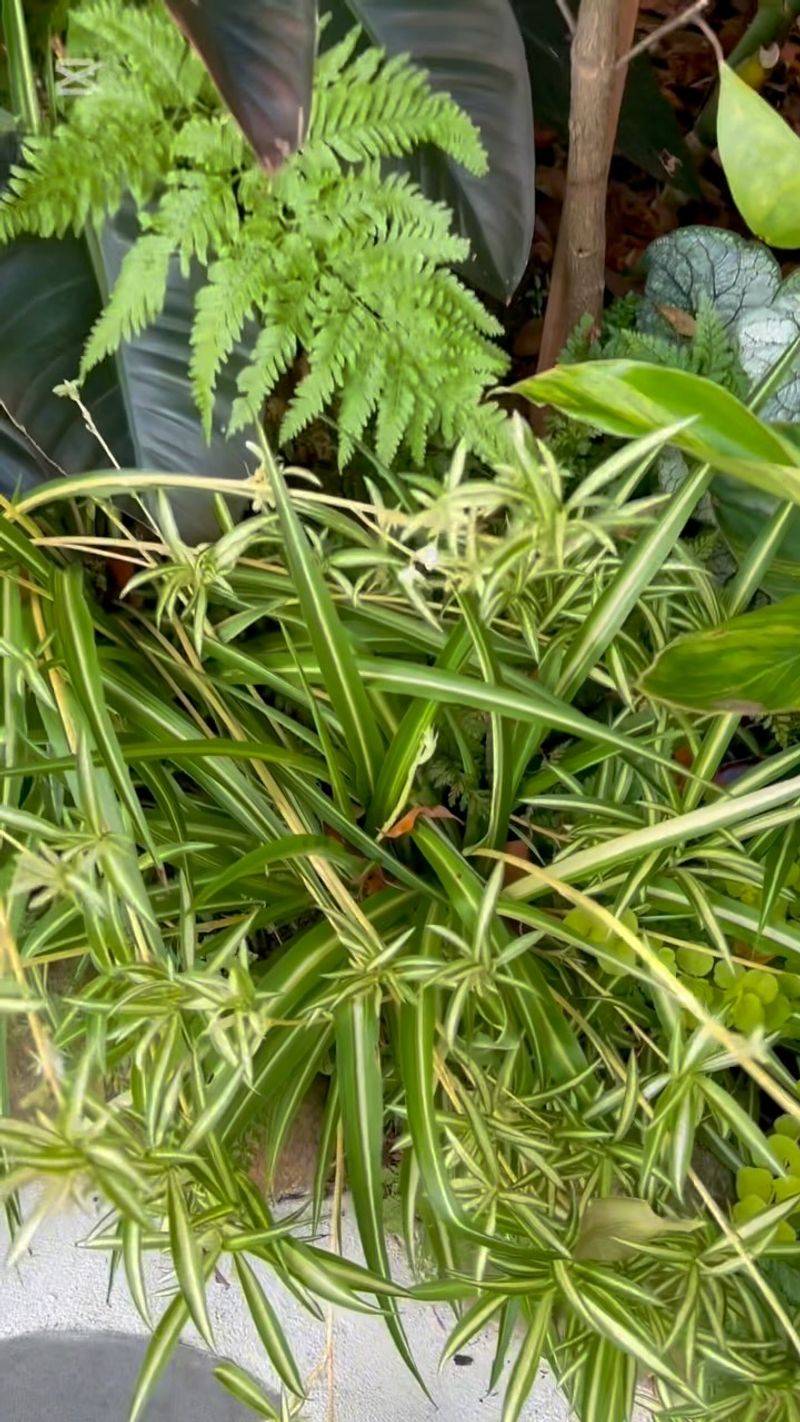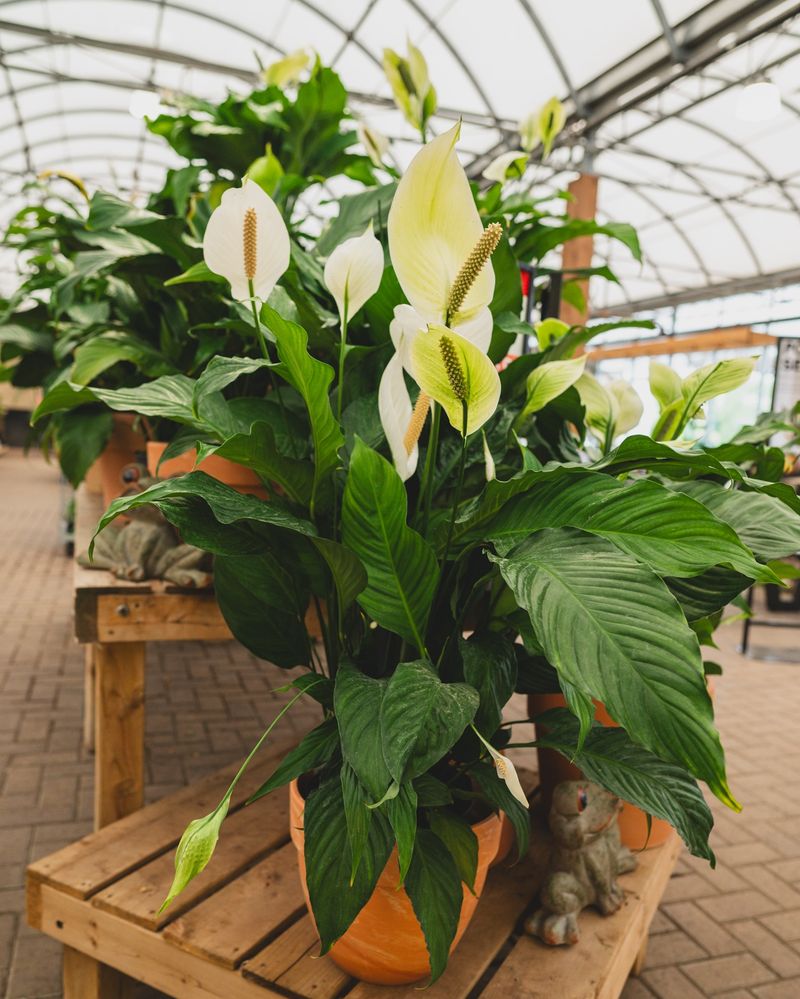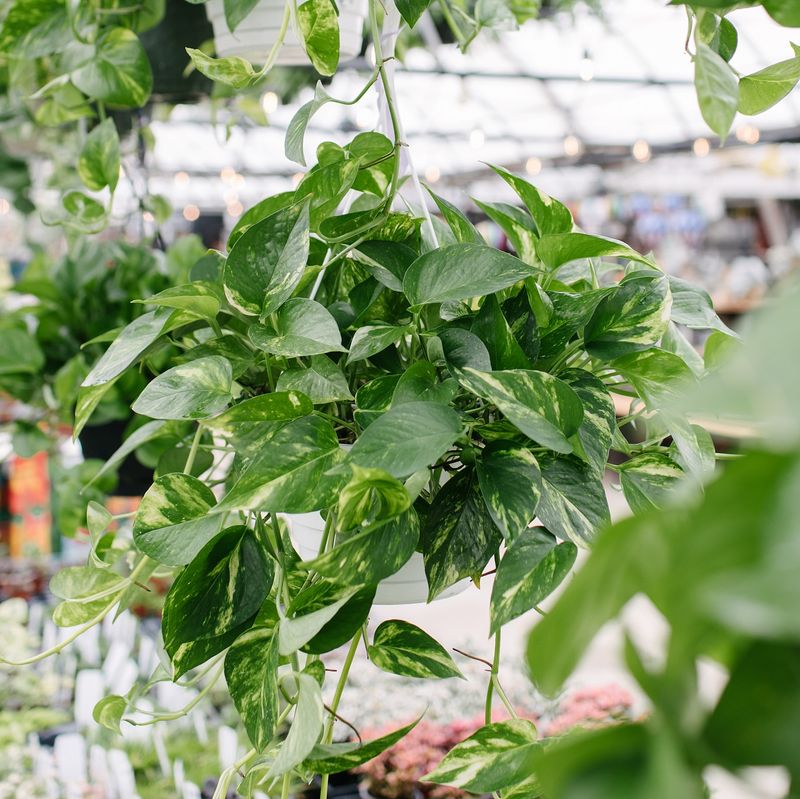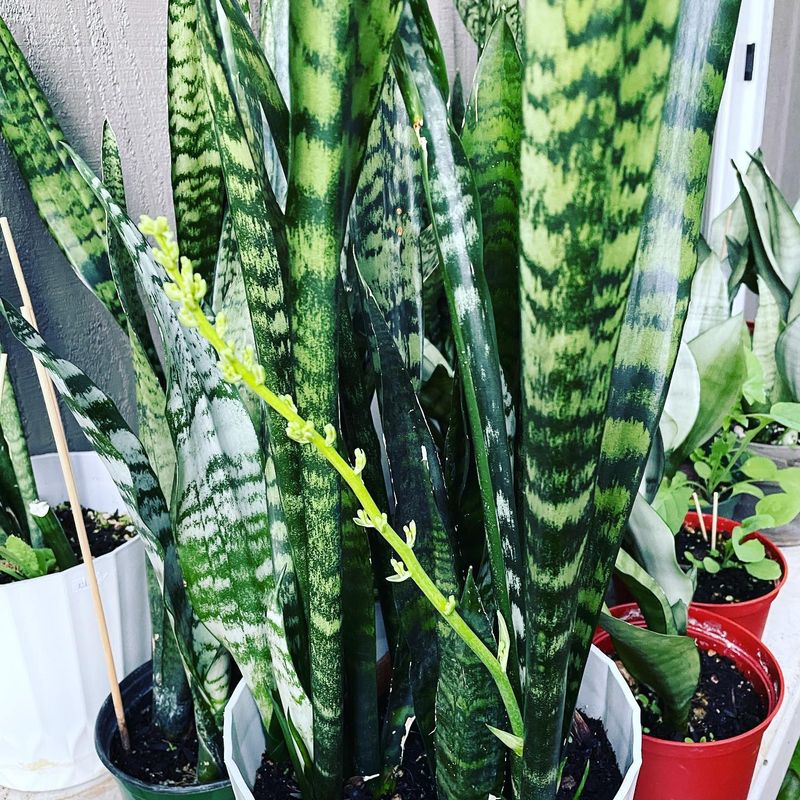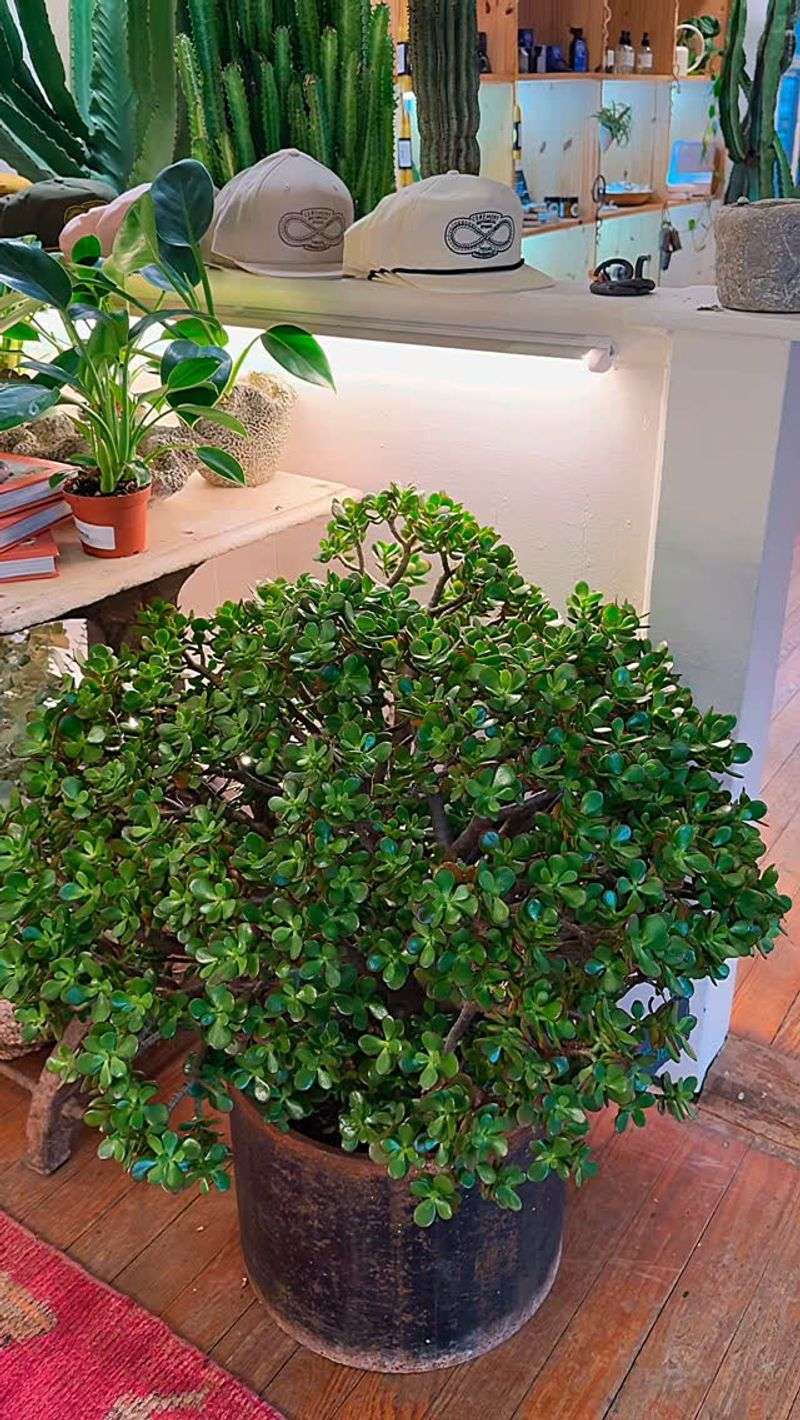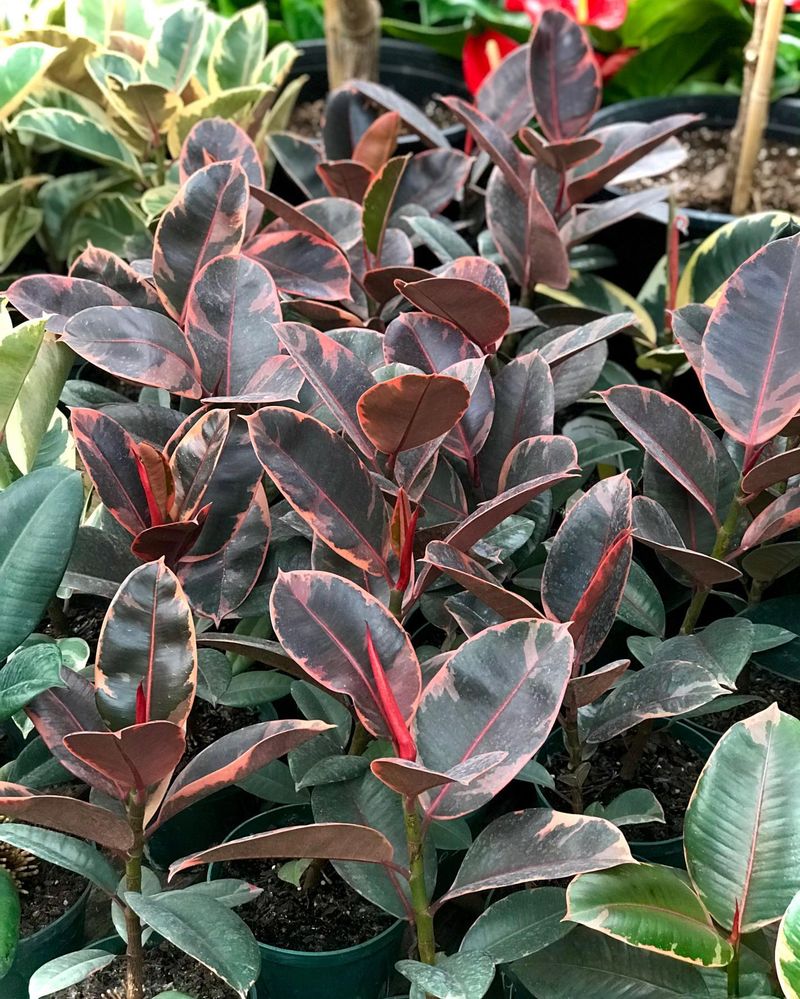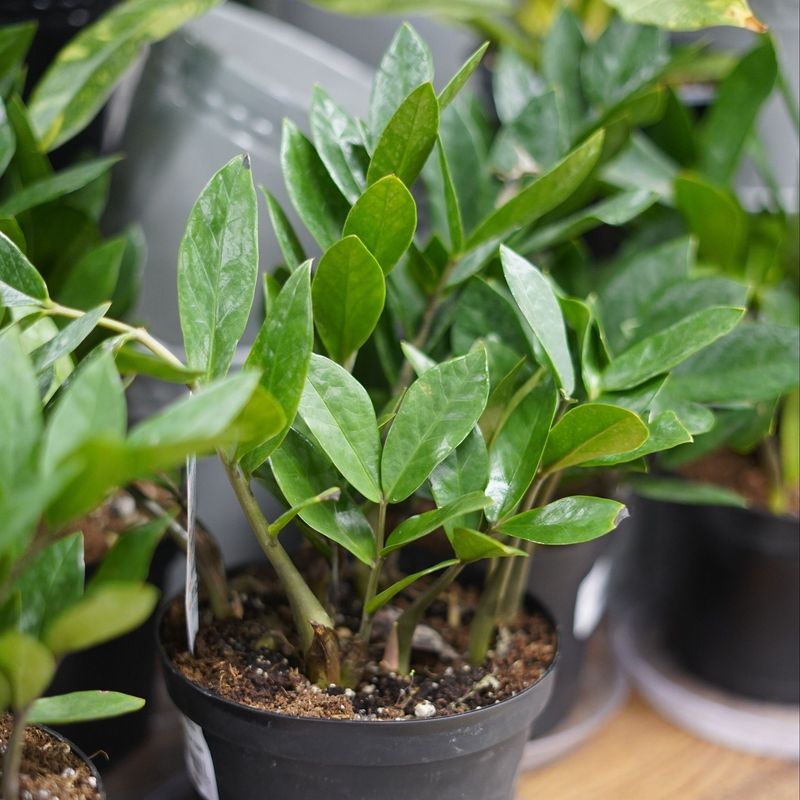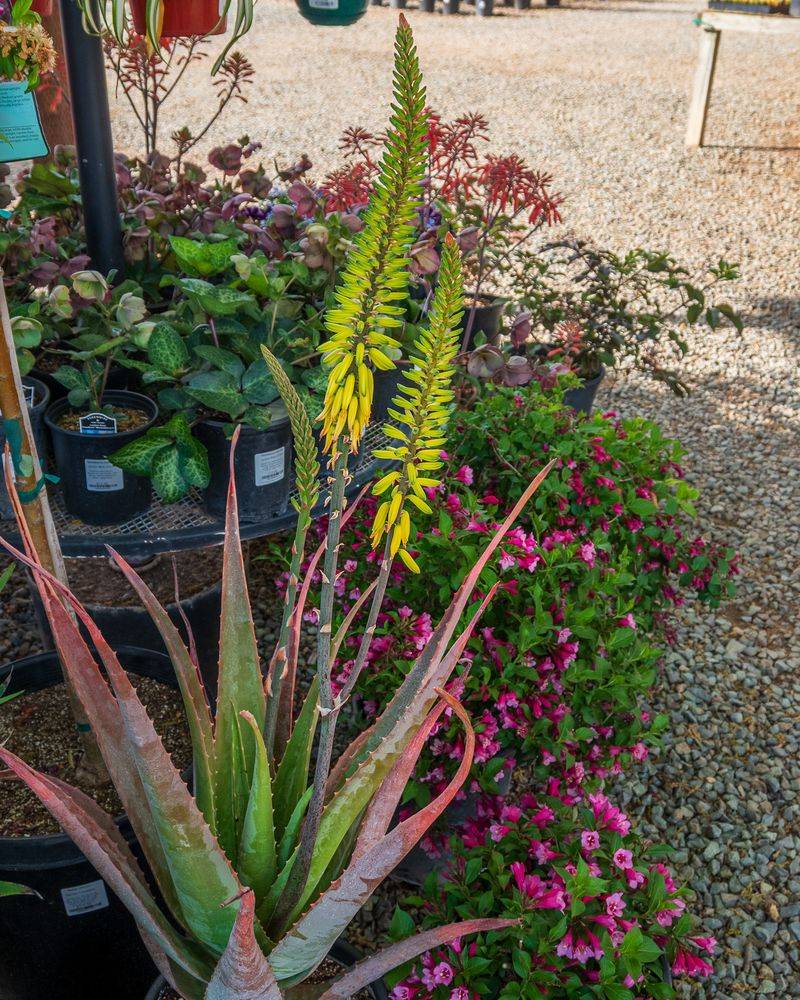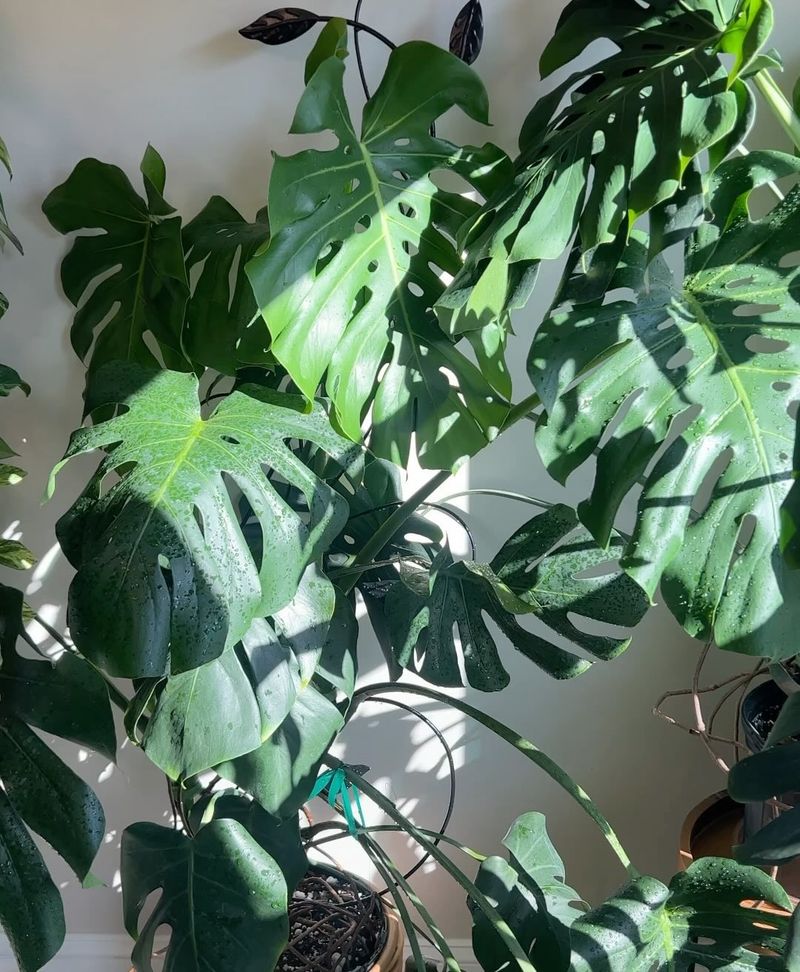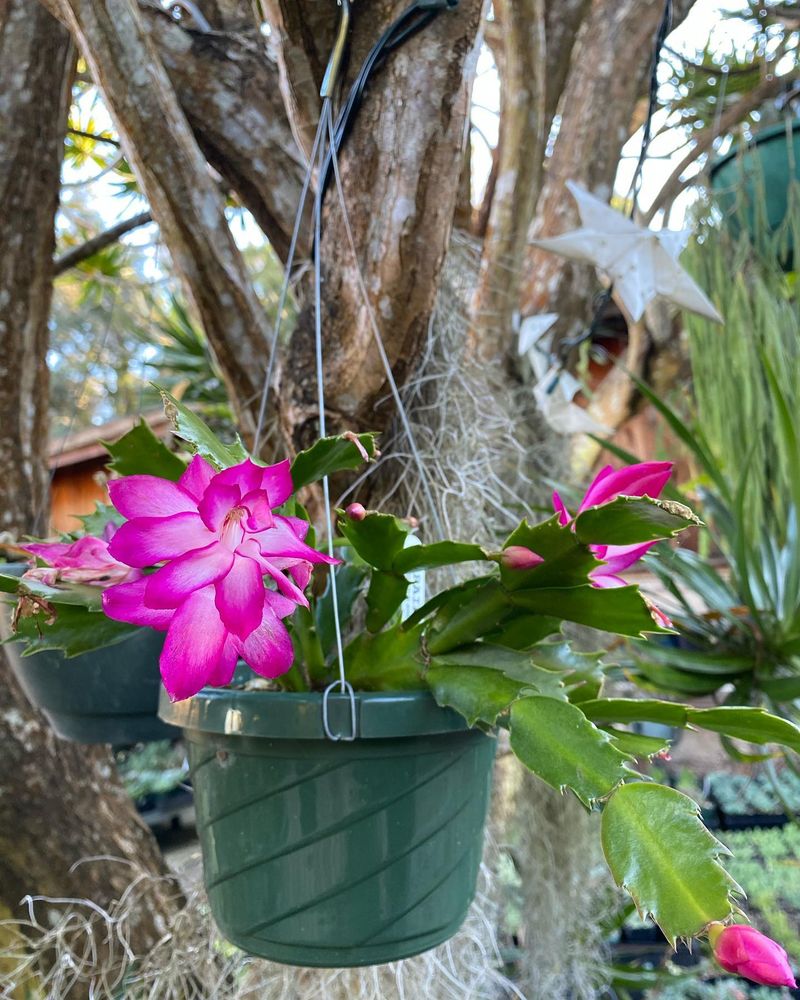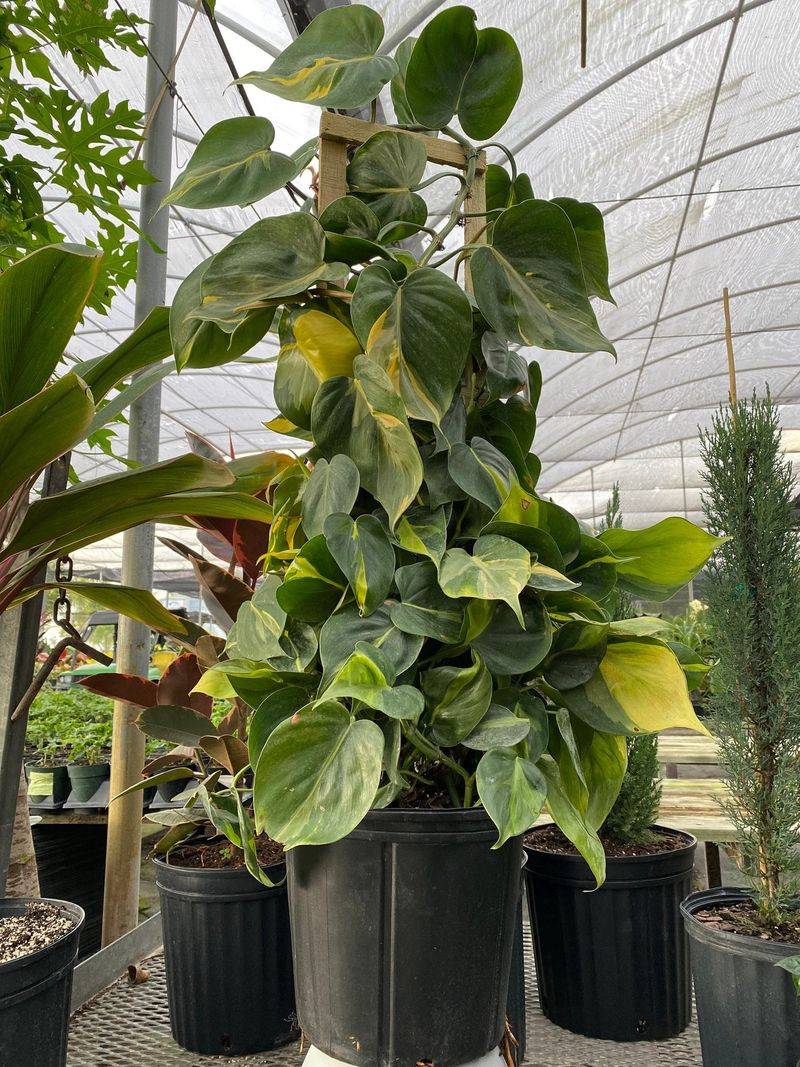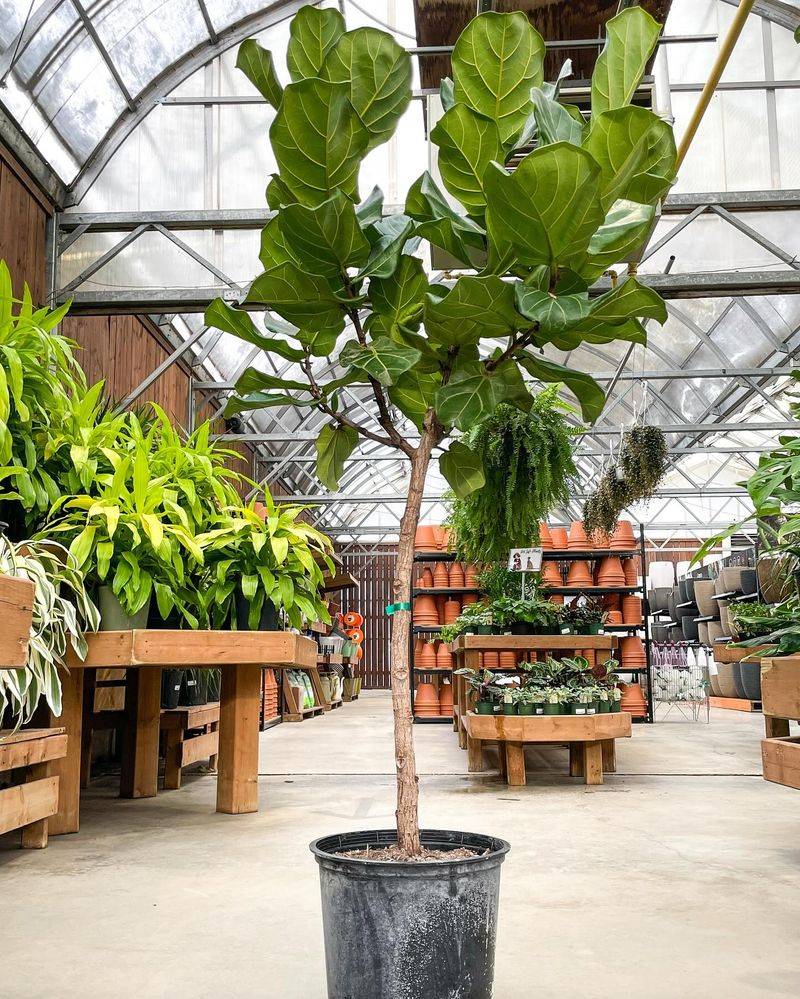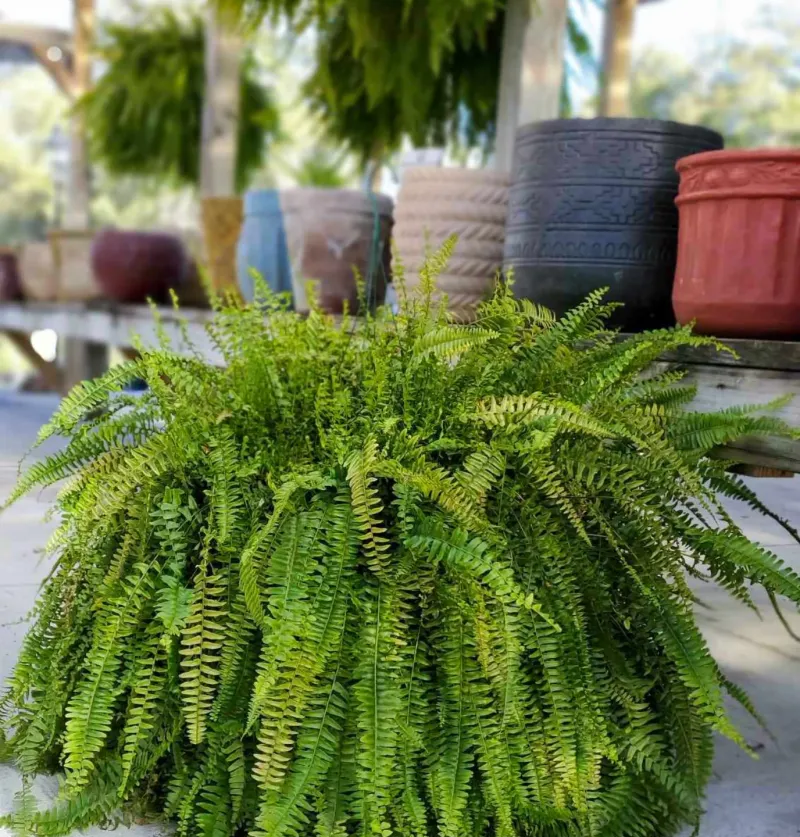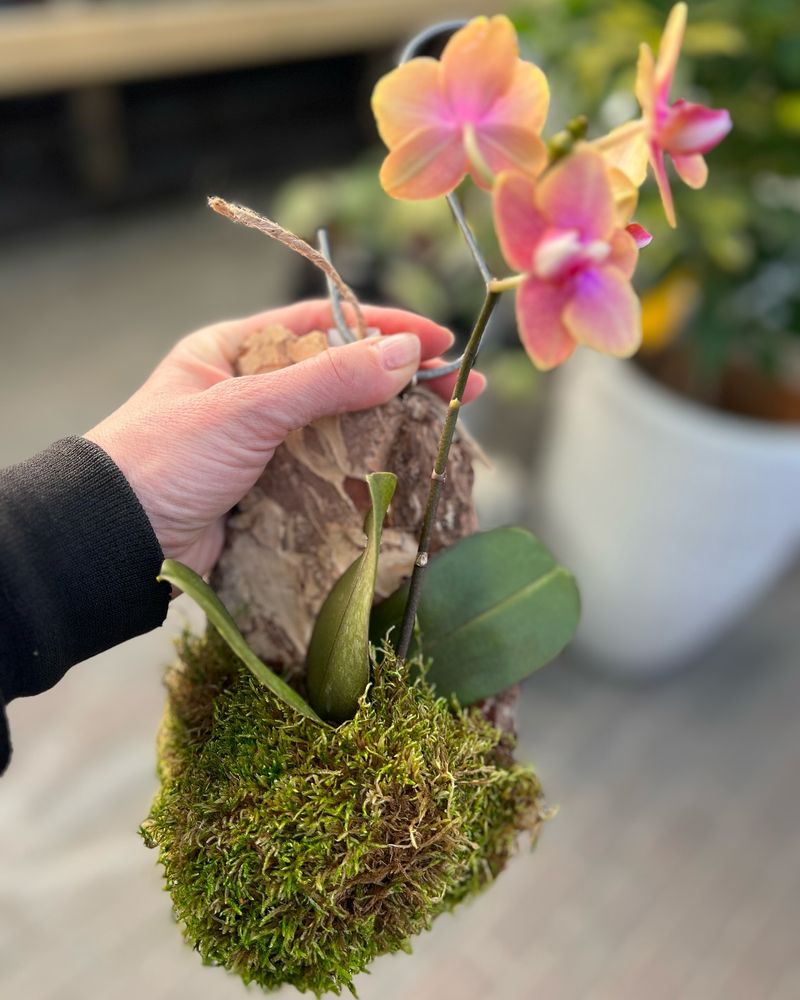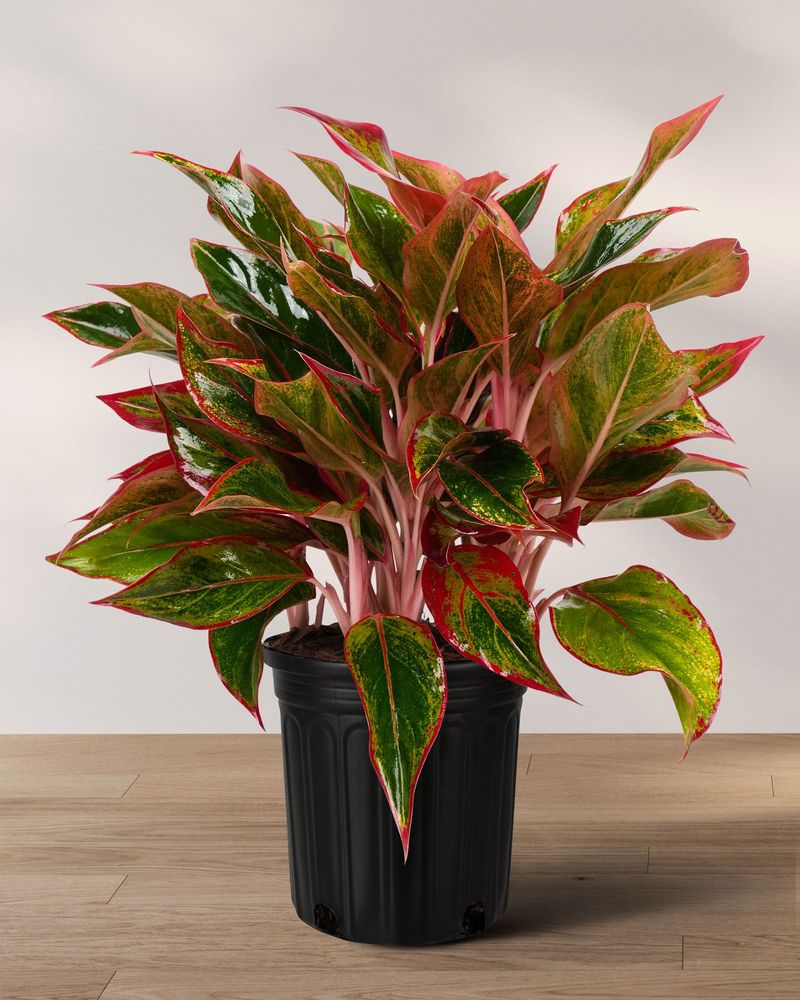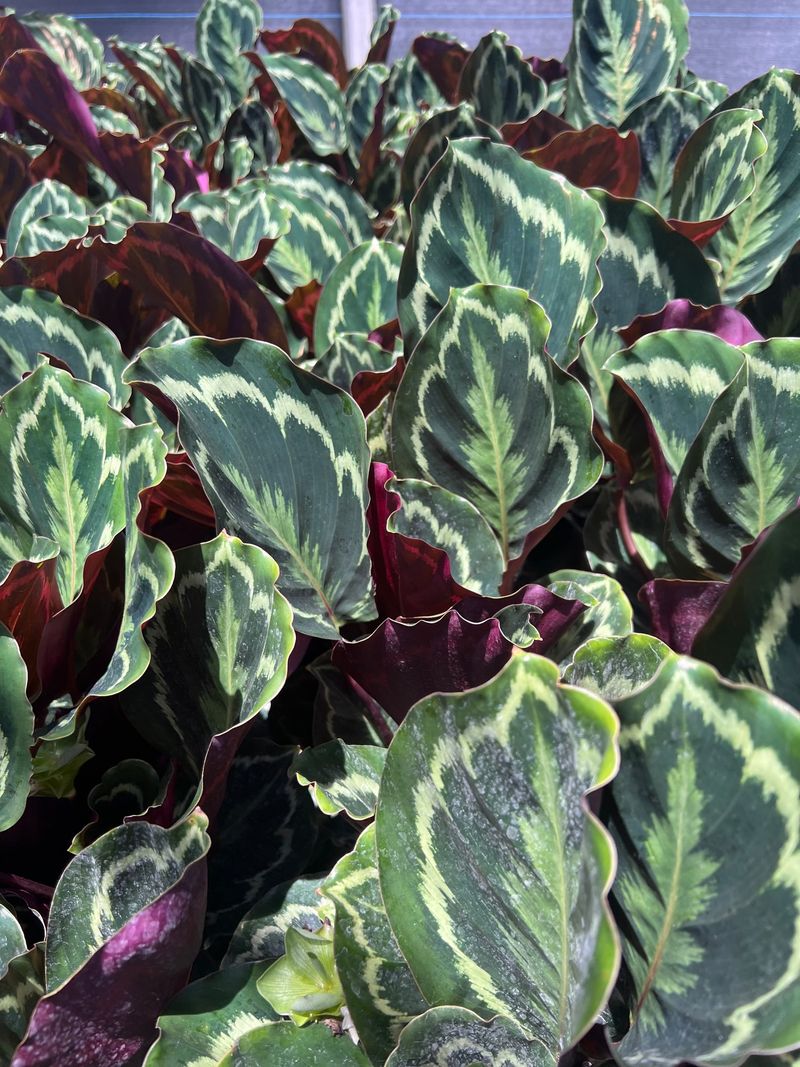Not all houseplants are homebodies. While we’re used to keeping our leafy friends tucked safely indoors, some of them are secretly craving fresh air, real sunshine, and the great outdoors.
Whether it’s for a seasonal boost or long-term health, these 16 houseplants actually thrive outside—and your windowsill might be holding them back. Ready to give them the change they’ve been waiting for?
1. Spider Plant’s Secret Summer Wish
Spider plants transform dramatically with a summer outdoors. Their variegated leaves develop richer colors and they produce more of those dangling baby plantlets when given natural light conditions.
Place them in dappled shade beneath trees where they’ll receive gentle morning sun but protection from harsh afternoon rays. The natural humidity outdoors helps their leaves stay crisp without those brown tips you might battle indoors.
Just remember to slowly acclimate these adaptable plants to outdoor conditions over a week to prevent sunburn.
2. Peace Lily’s Outdoor Revival
Peace lilies flourish during summer vacations outside. The glossy-leaved beauties develop stronger stems and produce more of their iconic white blooms when placed in sheltered outdoor spots.
Morning sun and afternoon shade creates their ideal environment. Natural rainfall supplies the perfect water chemistry these sensitive plants appreciate, often resolving those frustrating brown leaf tips that develop indoors.
Your peace lily will develop a fuller shape and deeper green foliage during its outdoor adventure, returning indoors as a rejuvenated specimen.
3. Pothos Gets a Growth Boost
Pothos vines explode with growth during outdoor summer stays. The increased light and humidity trigger faster trailing and larger leaves than you’ll ever achieve indoors.
Hang your pothos basket under a porch or in a sheltered tree where it receives bright, indirect light. The plant responds with accelerated growth and more vibrant variegation patterns on its heart-shaped leaves.
Morning dew provides natural humidity that keeps pothos looking its best, and you’ll be amazed at how quickly it fills out after just a few weeks outside.
4. Snake Plant’s Surprising Outdoor Strength
Snake plants develop remarkable vigor during summer outdoor sessions. The tough, upright leaves grow thicker and produce more vibrant variegation patterns when given natural light.
Position them in morning sun spots with afternoon protection. Their desert origins make them surprisingly resilient to outdoor conditions, though they appreciate protection from heavy rainfall which can cause root rot.
A summer outdoors often triggers flowering in mature specimens – something rarely seen indoors – producing delicate stalks of small, fragrant white blooms.
5. Jade Plant’s Outdoor Color Show
Jade plants undergo remarkable transformations outdoors. Their normally green leaves develop beautiful red edges when exposed to direct morning sunlight, creating a stunning color contrast.
Their succulent nature makes them perfect candidates for sunny patios or decks. The stronger light outdoors encourages tighter growth patterns, creating that coveted bonsai-like appearance many indoor jade plants never achieve.
Summer heat helps jade plants develop thicker trunks and stronger branches, improving their overall structure for years to come.
6. Rubber Plant’s Summer Growth Spurt
Rubber plants undergo dramatic growth spurts during outdoor summer vacations. Their large, glossy leaves become more substantial and develop deeper coloration in natural light conditions.
Position them where they’ll receive morning sun but protection from intense afternoon rays. Natural rainfall helps wash dust from their broad leaves, restoring their natural shine and improving their ability to photosynthesize.
The increased light triggers more frequent new leaf production, often doubling or tripling their indoor growth rate during just a few months outside.
7. ZZ Plant’s Outdoor Awakening
ZZ plants shed their reputation as slow growers during outdoor summer stays. The increased light triggers rapid production of new stems and leaves, often doubling their indoor growth rate.
Despite their tough nature, ZZ plants prefer dappled shade outdoors where they receive bright but filtered light. Their glossy leaves develop a deeper green hue and more substantial texture under natural conditions.
Summer outdoors helps ZZ plants develop fuller, more symmetrical growth patterns that enhance their architectural appearance when brought back inside.
8. Aloe Vera’s Sun-Loving Side
Aloe vera transforms from lanky indoor specimens to compact, robust plants during summer outdoor sessions. Their succulent leaves become thicker and develop a beautiful blush tone when exposed to direct morning sunlight.
These desert natives thrive in hot, sunny spots that would harm other houseplants. The increased light stimulates production of the medicinal gel inside each leaf, making summer-vacationed aloes more potent for skin treatments.
Mature aloes often produce dramatic flower stalks outdoors – a rare sight indoors – with tubular orange or yellow blooms that attract hummingbirds.
9. Monstera’s Wild Summer Freedom
Monstera deliciosa releases its jungle spirit during outdoor summer adventures. The iconic split leaves grow larger and develop more dramatic fenestrations (holes) when given higher humidity and filtered natural light.
Place your monstera in a sheltered spot with morning sun and afternoon shade. Natural rainfall supplies the perfect moisture for these tropical beauties, often resulting in multiple new leaves emerging simultaneously.
Summer outdoors encourages aerial roots to strengthen, improving the plant’s overall stability and nutrient uptake capacity when returned indoors.
10. Christmas Cactus Summer Bloom Trick
Christmas cacti develop stronger flower buds during summer outdoor stays. The natural light cycles and temperature fluctuations between day and night trigger more abundant bud formation than indoor conditions ever could.
Hang these Brazilian forest natives in baskets under trees where they’ll receive dappled shade. Their segmented stems develop a healthy reddish tinge when exposed to optimal light levels.
A summer outdoors sets up Christmas cacti for spectacular winter blooming displays with significantly more flowers than plants kept indoors year-round.
11. Philodendron’s Outdoor Transformation
Philodendrons undergo remarkable transformations during summer outdoor sessions. Their leaves grow substantially larger and develop deeper coloration patterns when given natural humidity and filtered light.
Position climbing varieties near trellises where they can stretch upward, mimicking their natural rainforest growth habit. The increased light triggers faster growth and more frequent production of new leaves.
Morning dew provides the perfect humidity level for these tropical beauties, eliminating the brown tips that often plague indoor specimens.
12. Fiddle Leaf Fig’s Outdoor Confidence
Fiddle leaf figs transform from finicky indoor divas into robust plants during summer outdoor stays. Their large, violin-shaped leaves become thicker and develop deeper veining patterns in natural light conditions.
Place them in sheltered spots with morning sun exposure but protection from harsh afternoon rays. The natural airflow strengthens their trunks and branches, creating more stable plants that resist drooping.
Summer outdoors triggers more frequent branching in fiddle leaf figs, helping them develop fuller, more tree-like shapes rather than the single-stem specimens often seen indoors.
13. Boston Fern’s Outdoor Revival
Boston ferns transform from struggling indoor specimens to lush, cascading beauties during outdoor summer vacations. Their delicate fronds multiply rapidly and develop richer green coloration in natural humidity.
Hang these woodland natives in baskets under porches or trees where they’ll receive bright, filtered light. Morning dew and natural rainfall provide the perfect moisture levels these humidity-loving plants crave.
A summer outdoors often doubles a Boston fern’s size, filling in bare spots and creating the dramatic, overflowing appearance these plants are prized for.
14. Orchid’s Secret Outdoor Rebirth
Orchids experience remarkable rejuvenation during protected outdoor summer stays. The dappled natural light and air circulation stimulate new leaf and root growth in ways indoor environments rarely achieve.
Hang these tropical beauties in sheltered spots with morning sun exposure. Natural humidity and gentle rainfall supply perfect moisture levels, often triggering new flower spikes even in orchids that haven’t bloomed for years.
Summer outdoors helps orchids develop stronger root systems and more substantial pseudobulbs, storing energy for spectacular indoor blooming displays.
15. Chinese Evergreen’s Outdoor Color Boost
Chinese evergreens develop more vibrant leaf patterns during summer outdoor sessions. Their variegated foliage becomes more dramatically colored when exposed to optimal natural light conditions.
Place these tropical beauties in sheltered spots with bright, filtered light but protection from direct sun. The increased humidity outdoors eliminates brown leaf tips and encourages faster growth of new leaves.
Summer outdoors helps Chinese evergreens develop fuller, more compact growth habits rather than the leggy specimens that often develop indoors under insufficient light.
16. Calathea’s Outdoor Prayer Revival
Calatheas rediscover their natural prayer movements during summer outdoor adventures. Their patterned leaves fold up more dramatically at night when exposed to natural light cycles rather than artificial indoor lighting.
Position these rainforest natives in sheltered spots with bright, filtered light. Morning dew and natural rainfall provide the perfect humidity and water quality these sensitive plants demand.
Summer outdoors often resolves the crispy leaf edges that plague indoor calatheas, allowing their stunning leaf patterns to display in perfect condition.

